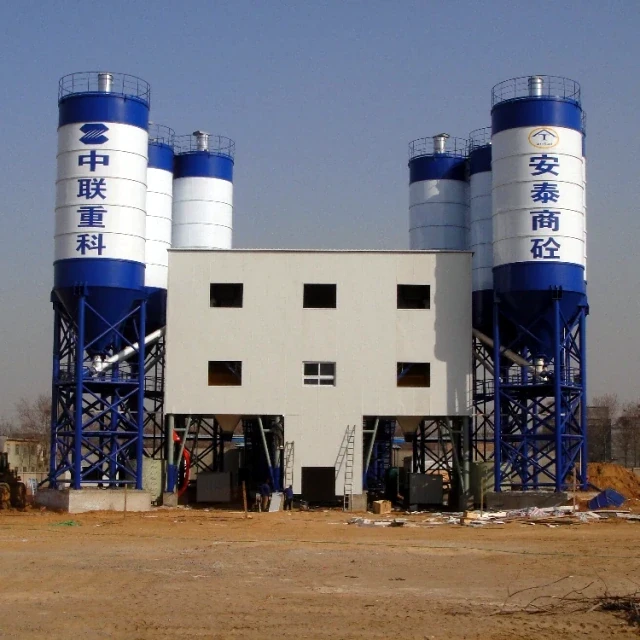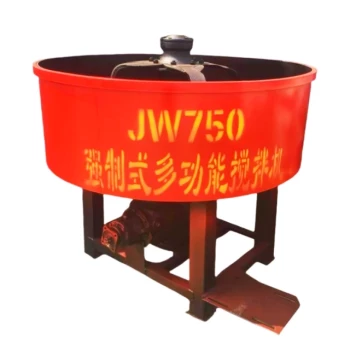Introduction
Buffering component failures in concrete mixing cylinders can halt operations, increase maintenance costs, and compromise safety. Unlike reactive fixes, proactive strategies—like optimized material selection, lubrication protocols, and early failure detection—can extend component lifespan by up to 40%. This guide unpacks root causes of wear, actionable maintenance steps, and real-world cost-benefit analyses to help you avoid downtime.
Understanding Buffering Component Degradation in Mixing Cylinders
Critical Roles of Sealing Rings and Adjusting Screws
Sealing rings and adjusting screws are the unsung heroes of hydraulic buffering systems. Sealing rings maintain pressure integrity, while adjusting screws regulate cylinder alignment. When either fails, you’ll see:
- Fluid leaks (from worn seals)
- Uneven mixing (due to misaligned screws)
- Increased vibration (accelerating wear)
Root Causes of Premature Wear
Three factors dominate failure modes:
- Abrasion: Concrete slurry particles act like sandpaper on seals.
- Misalignment: Adjusting screws loosen under constant vibration.
- Chemical Degradation: Hydraulic fluids break down seals over time.
Ever noticed how a small leak escalates into a full shutdown? The culprit is often ignored early-stage wear.
Early Detection and Diagnosis of Buffer System Failures
Key Signs of Sealing Ring Degradation
- Fluid seepage around cylinder joints (even minor drips matter).
- Increased hydraulic noise (a sign of pressure loss).
- Reduced mixing efficiency (cylinder struggles to maintain RPM).
Symptoms of Adjusting Screw Misalignment
- Visible wobble in the cylinder head.
- Scoring marks on screw threads.
- Inconsistent batch quality (due to uneven mixing).
Pro Tip: Use a stroboscope to check screw alignment monthly—it’s faster than disassembly.
Preventive Maintenance and Component Optimization
Material Selection for High-Stress Environments
- Polyurethane seals outperform rubber in abrasive environments (lasts 2–3× longer).
- Hardened steel screws resist thread deformation.
Lubrication Protocols to Extend Lifespan
- Biodegradable greases reduce chemical degradation of seals.
- Frequency matters: Lubricate screws every 50 operating hours.
Environmental Mitigation
- Install scrapers to remove slurry buildup before it enters seals.
- Shield hydraulic lines from direct heat exposure.
Think of seals like tires: Proper inflation (lubrication) and road conditions (cleanliness) dictate longevity.
Case Studies and Cost-Benefit Analysis
Real-World Failure Scenarios
- Case 1: A mixing station ignored seal leaks for 3 months. Result: $8,200 in hydraulic repairs vs. $300 for proactive seal replacement.
- Case 2: A plant switching to polyurethane seals reduced downtime by 60%.
ROI of Proactive Replacement
| Strategy | Cost per Year | Downtime Hours |
|---|---|---|
| Reactive Repairs | $12,000 | 80 |
| Proactive Maintenance | $4,500 | 15 |
Conclusion: Turn Prevention Into Profit
Buffering component failures aren’t inevitable. By:
- Choosing abrasion-resistant materials (like polyurethane),
- Implementing strict lubrication schedules,
- Training staff to spot early warning signs,
You’ll cut costs and keep mixers running. For machinery built to withstand these strategies, explore Garlway’s construction equipment line—engineered for heavy-duty resilience.
Final Thought: What’s one component in your system that’s overdue for inspection today?
Related Products
- Portable Concrete Mixer Machine Equipment for Mixing Concrete
- Concrete Cement Mixer Machine Drum Mixer for Construction
- Construction Products Concrete Plant Machine Mixing Concrete Mixer
- HZS25 Best Cement Mixer for Quick Mix Concrete at Bunnings
- Hydraulic Concrete Mixer Machine Cement Mixing Equipment for Mixture Concrete
Related Articles
- How Concrete Mixers Cut Costs and Boost Efficiency in Construction Projects
- How Concrete Mixers Boost Profitability, Quality, and Sustainability in Construction
- How to Operate Concrete Mixing Stations in Winter: Protecting Equipment and Ensuring Quality
- How to Prevent Cold-Weather Lubrication Failures in Concrete Mixing Stations
- How to Diagnose and Prevent Sensor Resistance Failures in Concrete Mixing Equipment
















